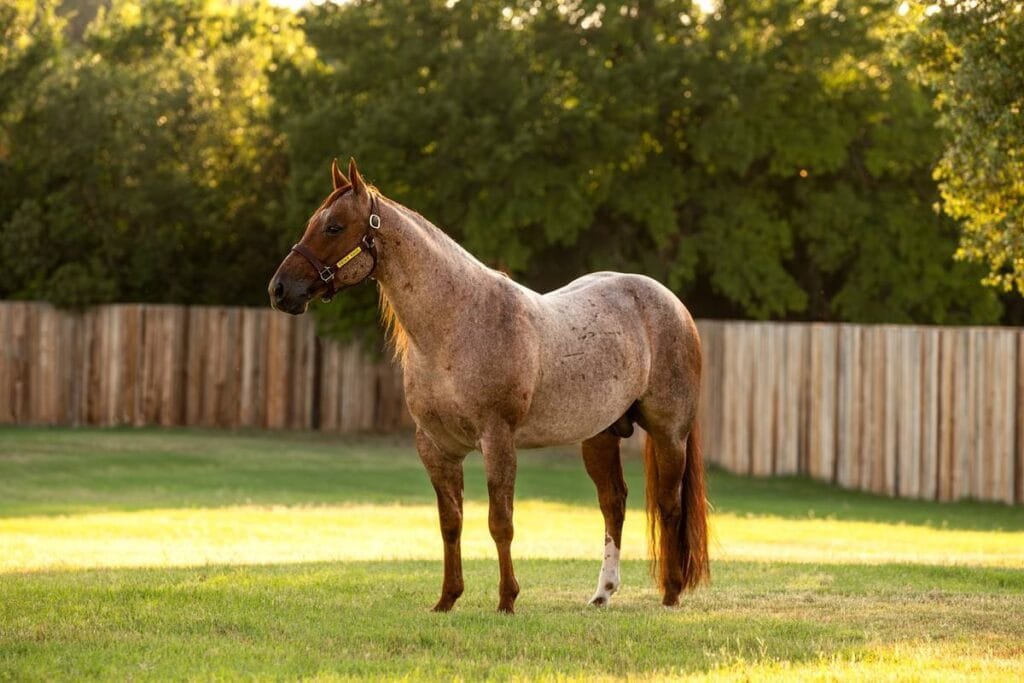Known for its unique traits and historical significance, the Noma horse has been a valuable part of equestrian culture for centuries.
Noma horse is more than just a breed; it is a symbol of cultural heritage and tradition. With its rich history, distinctive characteristics, and gentle temperament, the Noma horse continues to capture the hearts of those who appreciate its unique place in the world of horses. Conservation efforts and ongoing appreciation for this remarkable breed ensure that the Noma horse will remain a treasured part of equestrian culture for years to come.
Origins and History
The Noma horse hails from Japan, specifically from the Noma region, which is located in the southern part of the country. This breed has ancient roots, with records suggesting its presence in Japan as early as the 7th century. The Noma horse has been an integral part of Japanese culture, playing roles in agriculture, transportation, and even ceremonial events.
Historically, the Noma horse was prized for its strength and stamina. It was used in various agricultural tasks, such as plowing fields and carrying loads. The breed’s endurance made it particularly valuable in the rugged terrain of Japan’s countryside.
Feature details
| Feature | Details |
|---|---|
| Origin | Noma region, Japan |
| Historical Roots | Records suggest presence in Japan as early as the 7th century |
| Height | 12 to 14 hands high (48 to 56 inches at the shoulder) |
| Build | Compact and sturdy |
| Coat Colors | Bay, chestnut, black |
| Coat Type | Short and sleek |
| Head | Well-proportioned with a broad forehead and alert eyes |
| Temperament | Calm, gentle, and cooperative |
| Training | Easy to train with positive reinforcement; adaptable |
| Uses | Agriculture, transportation, ceremonial events, and modern equestrian activities |
| Conservation Status | Endangered due to declining numbers and modernization |
| Conservation Efforts | Breeding programs and awareness campaigns to preserve the breed |
| Cultural Significance | Featured in traditional Japanese festivals and events |
| Modern Role | Enjoyed in various equestrian activities; celebrated for historical value |

Physical Characteristics
One of the most striking features of the Noma horse is its compact and sturdy build. These horses are typically small to medium-sized, standing around 12 to 14 hands high at the shoulder (a hand is 4 inches). Despite their smaller stature, Noma horses are known for their robust strength and resilience.
Their coats come in a range of colors, including bay, chestnut, and black. They often have a short, sleek coat that helps them adapt to various weather conditions. The Noma horse’s head is usually well-proportioned with a broad forehead and alert eyes, giving it an intelligent and attentive appearance.
Temperament and Training
The Noma horse is renowned for its calm and cooperative nature. These horses are known to be gentle and easy to handle, making them suitable for various riders and handlers, including beginners. Their friendly disposition and willingness to work have made them popular in both traditional and modern equestrian activities.
Training a Noma horse is generally a straightforward process due to their eagerness to please. They respond well to positive reinforcement and consistent training methods. This breed’s intelligence and adaptability also make them excellent candidates for learning new skills and participating in various equestrian disciplines.
Conservation Efforts
In recent years, the Noma horse has faced challenges due to changes in agricultural practices and the rise of modern machinery. As a result, the number of purebred Noma horses has dwindled. Conservation efforts have been put in place to preserve this unique breed and ensure its survival for future generations.
Organizations and enthusiasts are working to raise awareness about the Noma horse and promote breeding programs to maintain its genetic diversity. By highlighting the breed’s historical significance and unique characteristics, these efforts aim to secure a future for the Noma horse.
The Noma Horse Today
Today, the Noma horse is celebrated not only for its historical value but also for its role in preserving traditional Japanese equestrian practices. It is featured in various cultural events and festivals, showcasing its importance in Japanese heritage.
In addition to its cultural significance, the Noma horse is also enjoyed by equestrian enthusiasts around the world. Its gentle nature and versatile abilities make it a beloved breed in various equestrian activities, from riding to driving.




